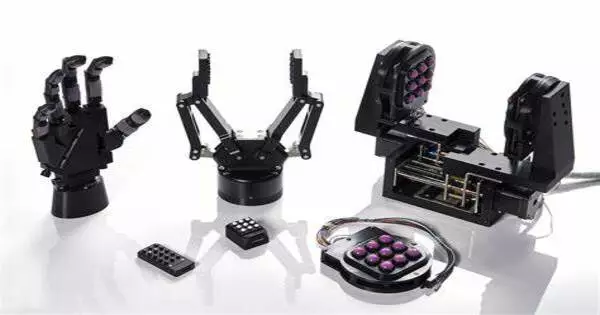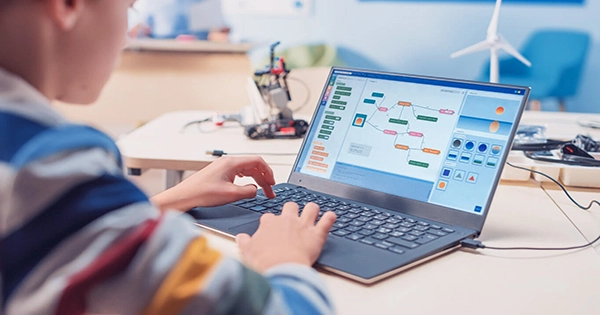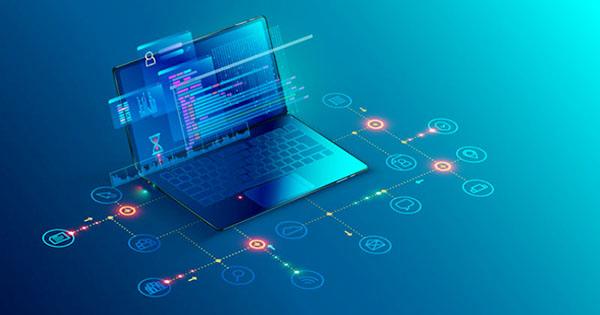Robotic sensing is the ability of robots to sense and comprehend their surroundings through the use of various sensors. It is a branch of robotics science that aims to endow robots with sensing skills. These sensors collect data from the environment of the robot, which is subsequently analyzed and used to make decisions and perform tasks. Sensing is an important part of robotics because it allows robots to interact with and adapt to their surroundings, avoid obstacles, and complete tasks correctly.
Robotic sensing allows robots to detect their surroundings and is often used as feedback to allow robots to modify their behavior based on sensed input. It consists of the ability to see, touch, hear, and move, as well as the associated algorithms for processing and utilizing environmental input and sensory data. Vehicle automation, robotic prostheses, and industrial, medical, entertainment, and educational robots all rely on robot sensing.
Here are some common types of sensors used in robotic sensing:
- Camera and Vision Sensors: Cameras record visual data and can be utilized for activities such as object detection, tracking, navigation, and scene comprehension. Depth-sensing cameras, such as LiDAR and stereo vision systems, can generate 3D data.
- Infrared Sensors: Infrared sensors detect heat radiation and can be used to detect closeness, avoid obstacles, and even monitor temperature.
- Ultrasonic Sensors: These sensors sense the closeness of objects by using sound waves. They are frequently employed in collision avoidance and object identification.
- LiDAR (Light Detection and Ranging): Lasers are used in LiDAR systems to measure distances and build comprehensive 3D maps of their surroundings. They are commonly used for mapping and navigation in autonomous vehicles and robots.
- Proximity Sensors: These sensors detect the presence or absence of an object within a specific range, and they are commonly employed in obstacle detection and safety systems.
- Force and Tactile Sensors: These sensors measure forces and pressures, allowing robots to interact with and manipulate objects more effectively. They are used in applications like robot grippers and industrial automation.
- Gyroscopes and Accelerometers: These sensors measure orientation and acceleration, helping robots maintain balance and stability.
Some robots use biologically inspired sensors, such as whisker-like touch sensors or bio-mimetic vision systems. Magnetic sensors may also detect changes in magnetic fields and are utilized in navigation applications such as compasses.
Robotic sensing is crucial in allowing robots to see and respond to their surroundings, allowing them to be more capable in a wide range of applications ranging from industry and agriculture to healthcare and space exploration.
















